Are you interested in making your home cleaner while reducing your environmental impact? This beginner’s guide to green cleaning solutions introduces you to effective, eco-friendly ways to tackle household chores. You’ll understand the basics of green cleaning, learn about common non-toxic ingredients, discover do-it-yourself recipes, and get tips for adopting sustainable cleaning habits. Start your journey here and make healthier choices for your home and the planet.
Understanding Green Cleaning
What Is Green Cleaning?
Green cleaning encompasses products and practices that limit environmental harm and protect indoor air quality. Unlike conventional cleaners, which may contain harsh chemicals like ammonia and chlorine, green alternatives rely on biodegradable ingredients. These are usually derived from plants or naturally occurring minerals. The main advantage of this approach is that it reduces pollution in waterways and improves air quality indoors. By understanding the principles underlying green cleaning, you can feel confident about making safer choices for your family and the environment.
Health Benefits of Green Cleaning
Switching to green cleaning solutions goes beyond environmental considerations—it also impacts personal and household health. Many commercial cleaners contain volatile organic compounds (VOCs) that can cause headaches, respiratory problems, and allergic reactions. Green cleaning minimizes these risks by avoiding harmful chemicals, making indoor spaces safer, especially for children and pets. Even those with sensitivities or asthma often find green cleaning preferable. A healthier home can lead to improved well-being for everyone.
Environmental Impact of Cleaning Products
Traditional cleaning products can have harmful repercussions for the environment after they are flushed down drains or disposed of with trash. These substances often remain in water sources and soil, disrupting ecosystems. Green cleaning solutions decompose more readily and avoid persistent pollutants. By choosing eco-friendly alternatives, you are actively reducing your household’s ecological footprint and supporting efforts to protect our planet’s natural resources.
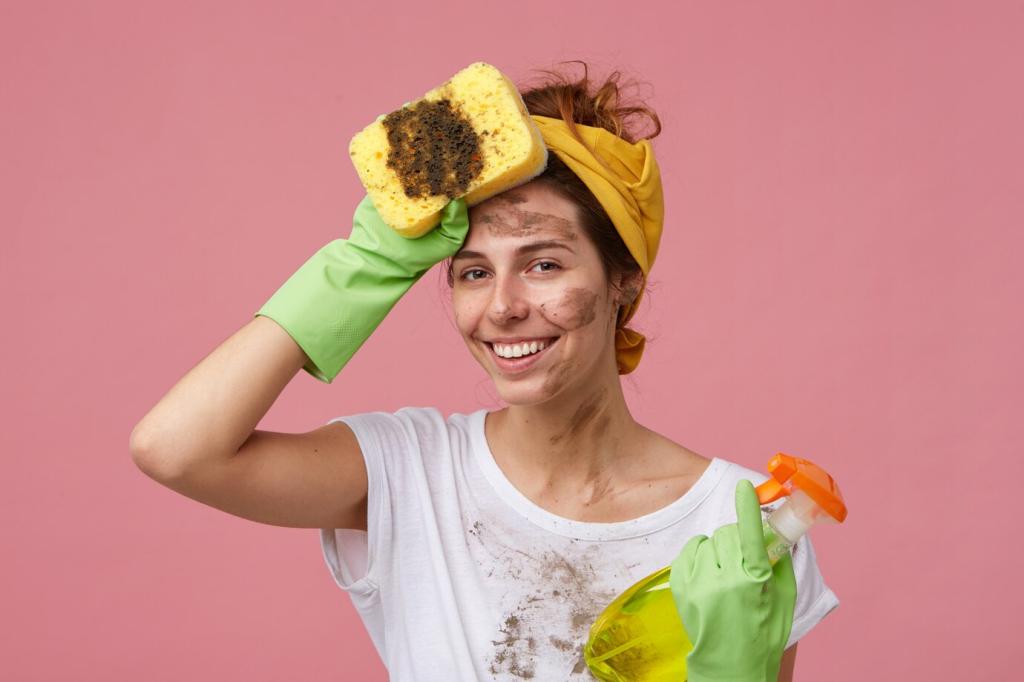
Baking Soda: The Versatile Cleaner
Baking soda is one of the most common and versatile ingredients in green cleaning. Its mild abrasive properties help scrub away grime without scratching surfaces, making it suitable for pots, pans, sinks, and even tile. Additionally, it neutralizes odors, making it an effective deodorizer for carpets, shoes, and refrigerators. Its non-toxic nature means you don’t have to worry about keeping it around children or pets. Knowing how and when to use baking soda can transform your cleaning routine, reducing dependence on harsh chemicals.
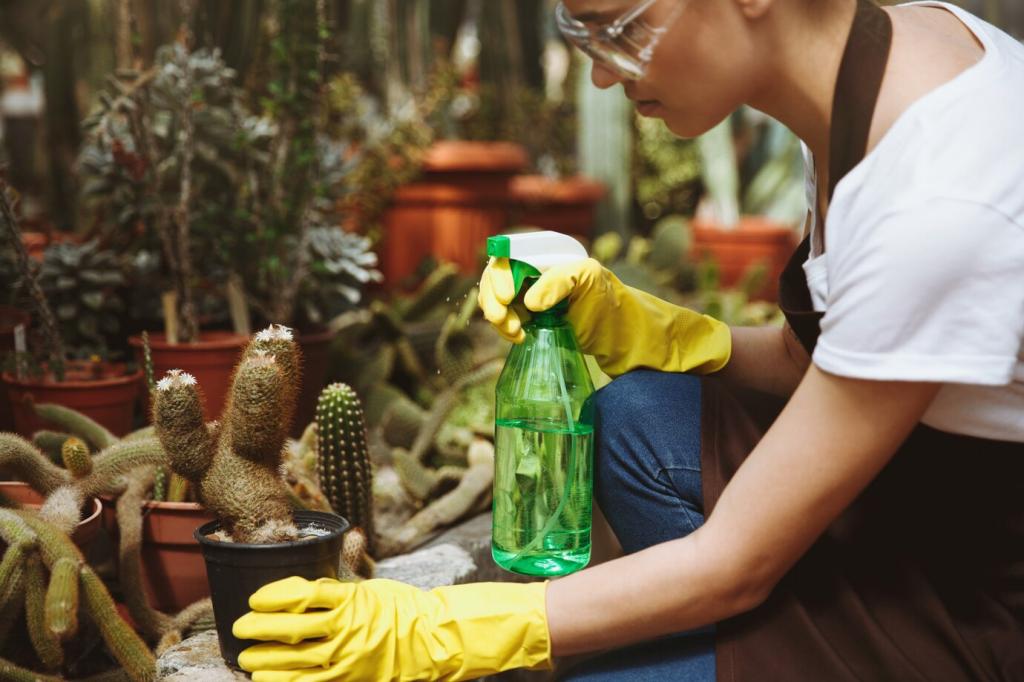
Vinegar: Natural Disinfectant
Vinegar, particularly distilled white vinegar, is a staple in natural cleaning for its ability to dissolve mineral deposits, cut through grease, and eliminate odors. It works wonders on glass, countertops, and hard water stains. Thanks to its mild acidity, vinegar has natural disinfectant properties, but it’s also gentle enough for most surfaces. However, care should be taken when using vinegar on natural stone, since acidity can damage some materials. With a bottle of vinegar, you have a potent cleaning agent right in your pantry.
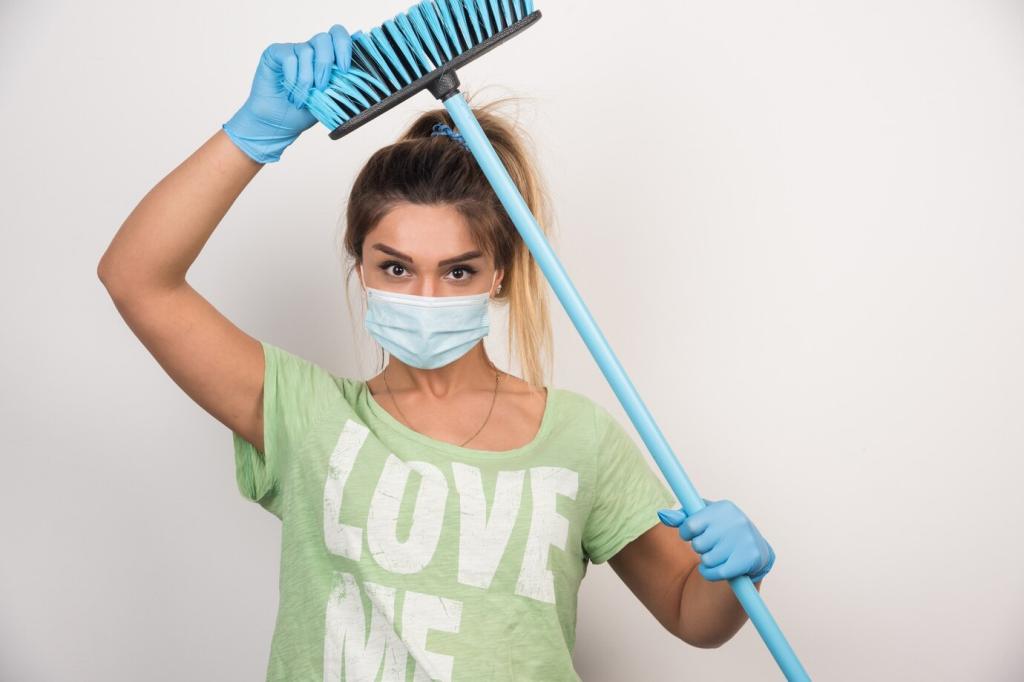
Castile Soap: Plant-Based Power
Castile soap is a plant-based soap free of synthetic detergents or animal fats, making it ideal for eco-conscious households. It’s gentle yet effective for cleaning surfaces, washing dishes, and even as a hand soap. Castile soap’s concentrated form means a little goes a long way, saving you money while minimizing packaging waste. Its mildness is excellent for those with sensitive skin or allergies. Knowing how to dilute Castile soap for different cleaning tasks helps reduce unnecessary product consumption and keeps your cleaning routine sustainable.
DIY Green Cleaning Recipes
All-Purpose Cleaner
An effective all-purpose cleaner is easy to make with just water, vinegar, and a few drops of essential oil for fragrance. Mix these ingredients in a spray bottle and use it to wipe down counters, tables, and even windows. This homemade solution cuts grease, removes dirt, and leaves fresh scents without lingering chemical residues. It’s also safe to use around children and pets, which gives you peace of mind as you maintain a spotless home environment.
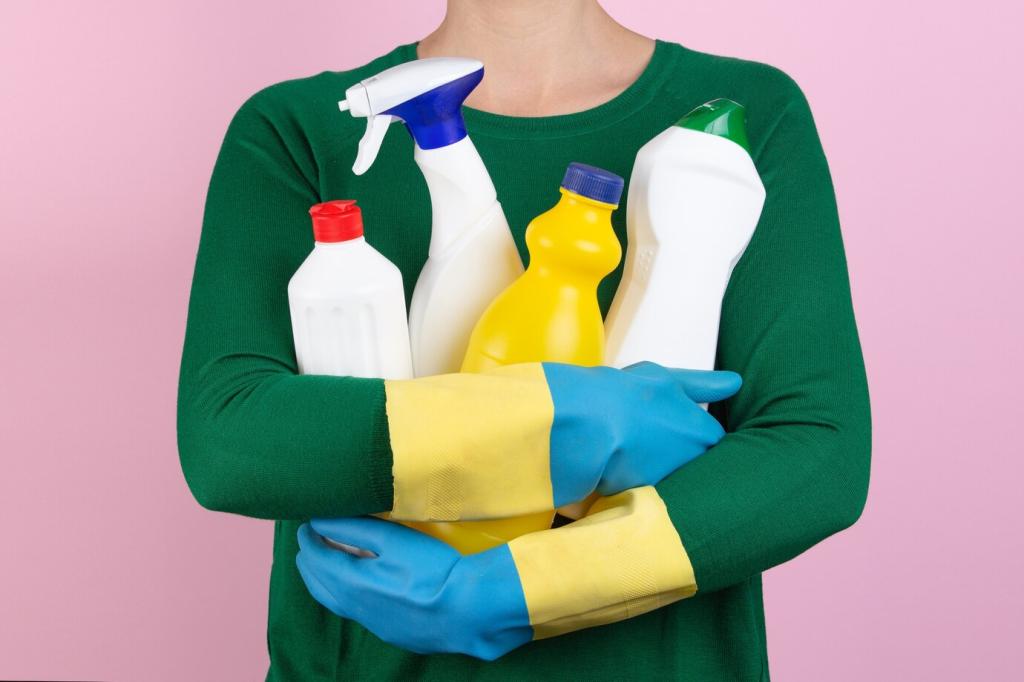
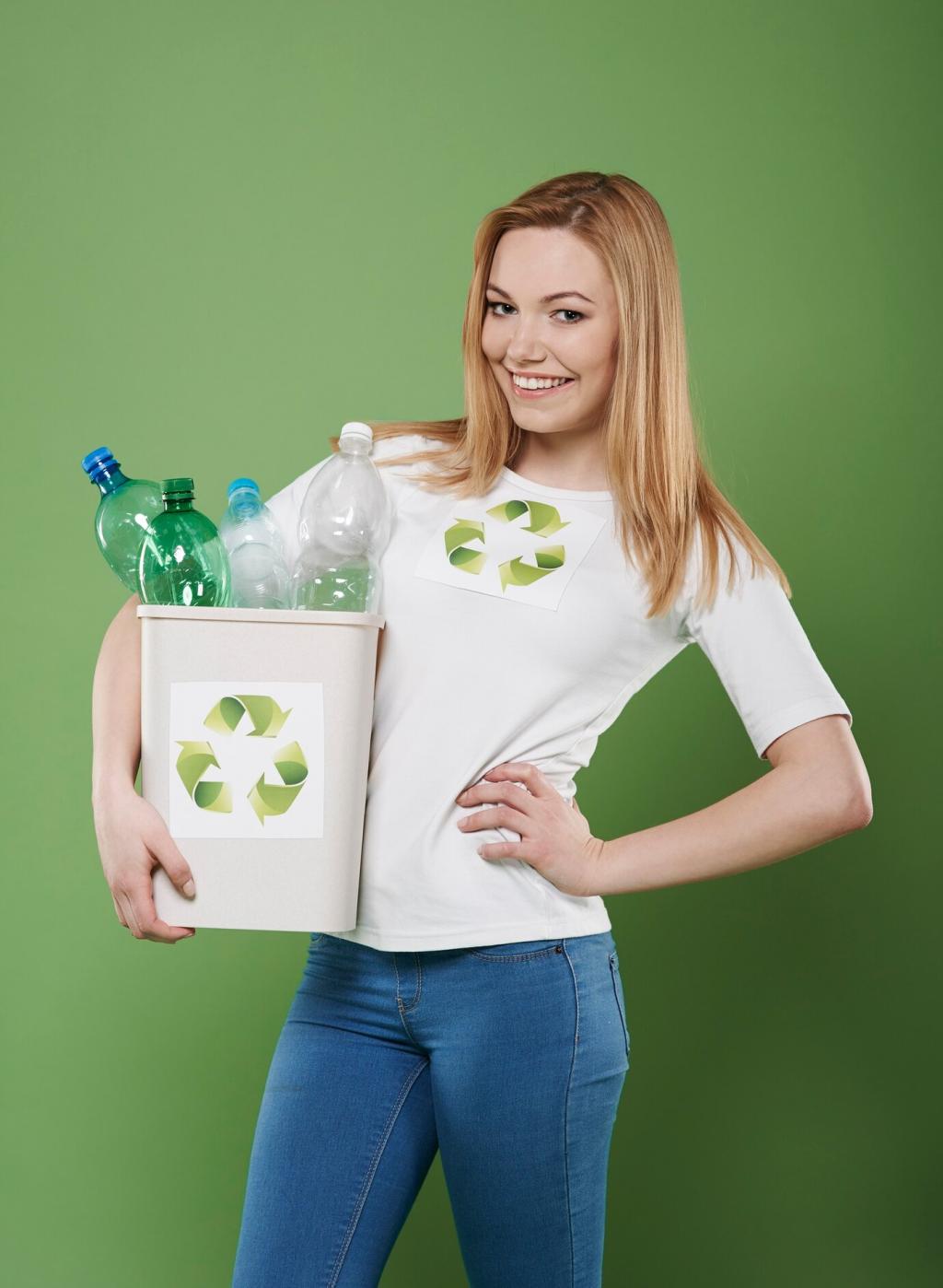
Natural Glass Cleaner
Store-bought glass cleaners often contain dyes, synthetic fragrances, and ammonia, which can irritate sensitive eyes and skin. By combining equal parts water and vinegar with a small amount of cornstarch, you can create a streak-free, green glass cleaner. This formula works well on mirrors and glass surfaces, leaving them sparkling without introducing harmful chemicals into your home. The process is quick and affordable, helping you eliminate unnecessary waste from disposable wipes and bottles.
